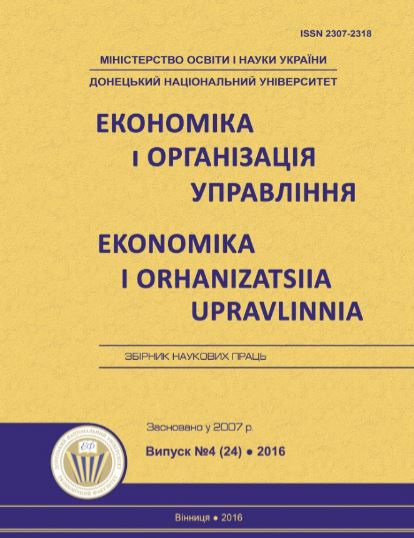The relationship between export structure and economic development: the Bulgarian case.
Keywords:
foreign trade, competitiveness, high-skill and technology intensive manufacturers, CMSAAbstract
The Bulgarian government faces the challenge of finding solutions to improve the economic situation of the country taking into account both the specifics of the country and its membership in the European Union. Of course, these solutions are not simple or unidirectional and affect different aspects such as investment, foreign trade, innovation and other. For a small and open economy such as Bulgaria export-oriented growth model is an option to achieve growth and economic development. A large body of publications examines the relation between export and economic growth. Some of them support the idea that the switch to export from low to high-tech industries products increases the potential for economic growth, while the geographical diversification of exports establishes conflicting results, Some of other emphasize the need for additional measures related to other sectoral policies to improve export performance. To this end, the paper aims to analyze the main changes in the structure of the Bulgarian exports of goods, taking into account their technological complexity and the quality of the workforce and to what extent they relate to economic growth. This analysis should consider factors such as volume, destination and product mix.References
Basu, B and M. Das. Export structure and economic performance in developing countries: Evidence feom nonparametric methodology. Policy issues in international strade and commodities. Study series No. 48, UN, 2011.
Hausmann, R., Hwang, J. and D. Rodrik. What You Export Matters. October 2006.
Inovacionna strategija za inteligentna specializacija na Republika Bulgaria 2014-2020.
Inotai, A. Sustainable Growth Based on Export-Oriented Economic Strategy. The Bulgarian Case in an International Comparison. Economic policy institute. April 2013. (http://library.fes.de/pdf-files/bueros/sofia/10070.pdf).
Juswanto, W and P. Mulyanti. Indonesia’s Manufactured Exports: A Constant Market Shares Analysis. Jurnal Keuangan dan Moneter, Volume 6 Nomor 2, December 2003, pp. 97- 103.
Lee, J. Technology in Export specialization and Economic Growth around the world. //Economic system.2010. (http://faculty.tamucc.edu/jlee/research/Lee_200909_MS.pdf).
Hodey, L., Oduro, A. and B.Senadza. Export Diversification And Economic Growth In Sub-Saharan Africa. Journal of African Development (2015) 17:67–81. (http://www.jadafea.com/wp-content/uploads/2015/12/JAD_vol17-2_ch4.pdf).
Piezas-Jerb, N. and Nee C. Market shares in the Post-Uruguay round era: A closer look using shift-share analysis. WTO. Economic Research and Statistics Division, Staff Working Paper ERSD-2009-14 Date: December 2009
Santos, P., Ribeiro, A. and V. Carvalho. Export-Led Growth in Europe: Where and What to Export? FEP Working Papers. n. 479, January 2013.

